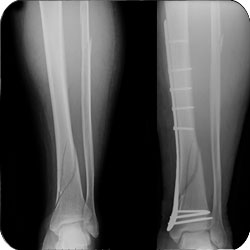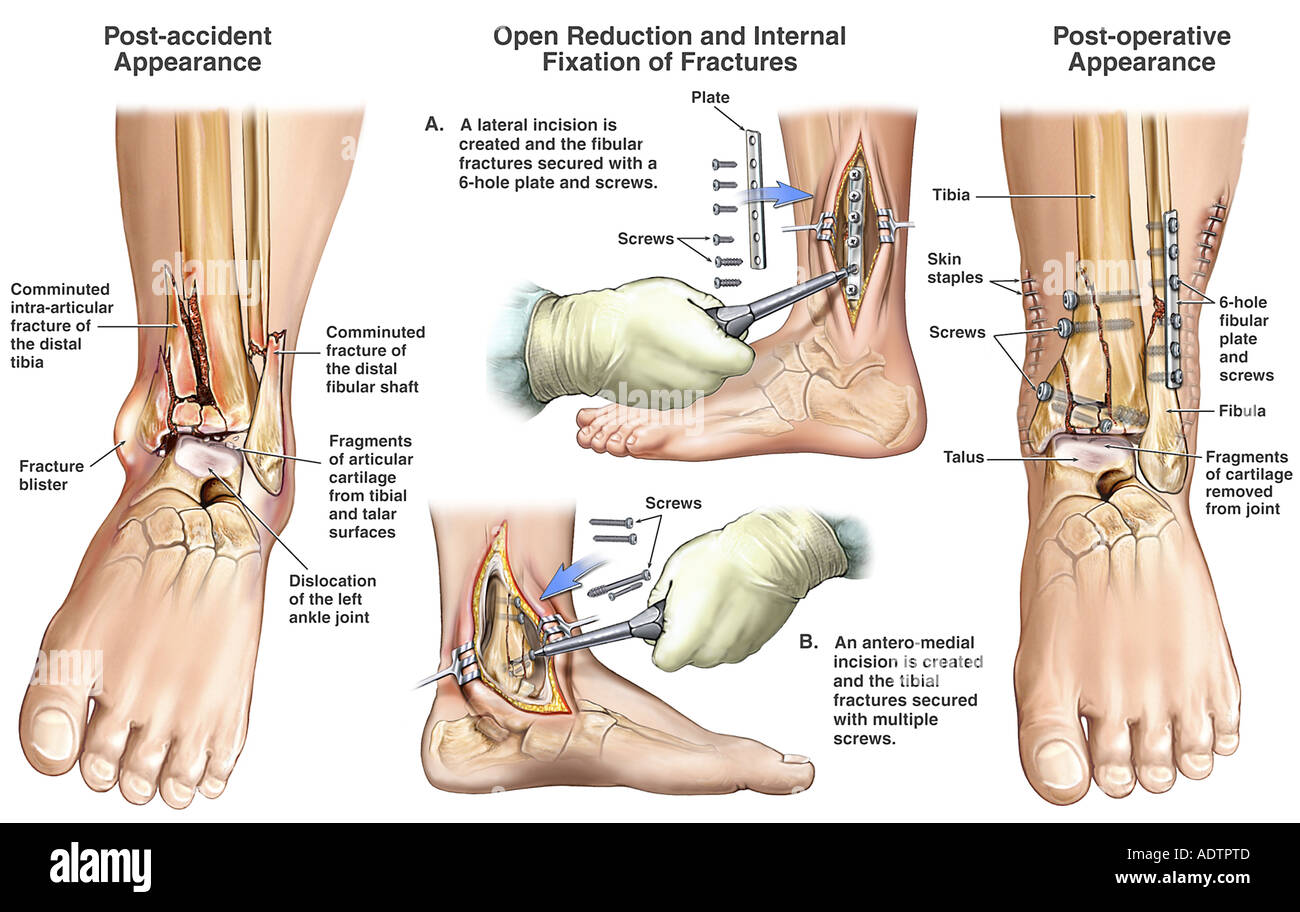

Removal of internal fixation-the effect on patients' complaints: a study of 66 cases of removal of internal fixation after malleolar fractures. Surgeons' beliefs and perceptions about removal of orthopaedic implants. Ankle fractures and syndesmosis injuries. Some people only need a splint or cast for the bone to heal. You might need surgery to repair your bone. The Journal of Bone & Joint Surgery-British Volume. Transverse fractures are almost always caused by traumas like falls or car accidents.


The treatment of unstable ankle fractures. These results suggest that routine hardware removal after ankle or distal tibia fracture could ameliorate hardware-related pain and improves daily activities and patient satisfaction even when the hardware-related pain is minimal.īrodie I. 58 (72.5%) patients experienced improved ankle stiffness and 65 (81.3%) less discomfort while walking on uneven ground and 63 (80.8%) patients were satisfied with hardware removal. Pain score before hardware removal was 3.4 (range 0 to 6) and decreased to 1.3 (range 0 to 6) after removal. The hardware-related pain, ankle joint stiffness, discomfort on ambulation, and patient satisfaction were evaluated before and at least 6 months after hardware removal. There were 56 ankle and 24 distal tibia fractures. This study was conducted on 80 consecutive cases (78 patients) treated by surgery and hardware removal after bony union. Thus, we determined the clinical effects of routine hardware removal irrespective of the degree of hardware-related pain, especially in the perspective of patients' daily activities. The indications and clinical necessity for routine hardware removal after treating ankle or distal tibia fracture with open reduction and internal fixation are disputed even when hardware-related pain is insignificant.


 0 kommentar(er)
0 kommentar(er)
